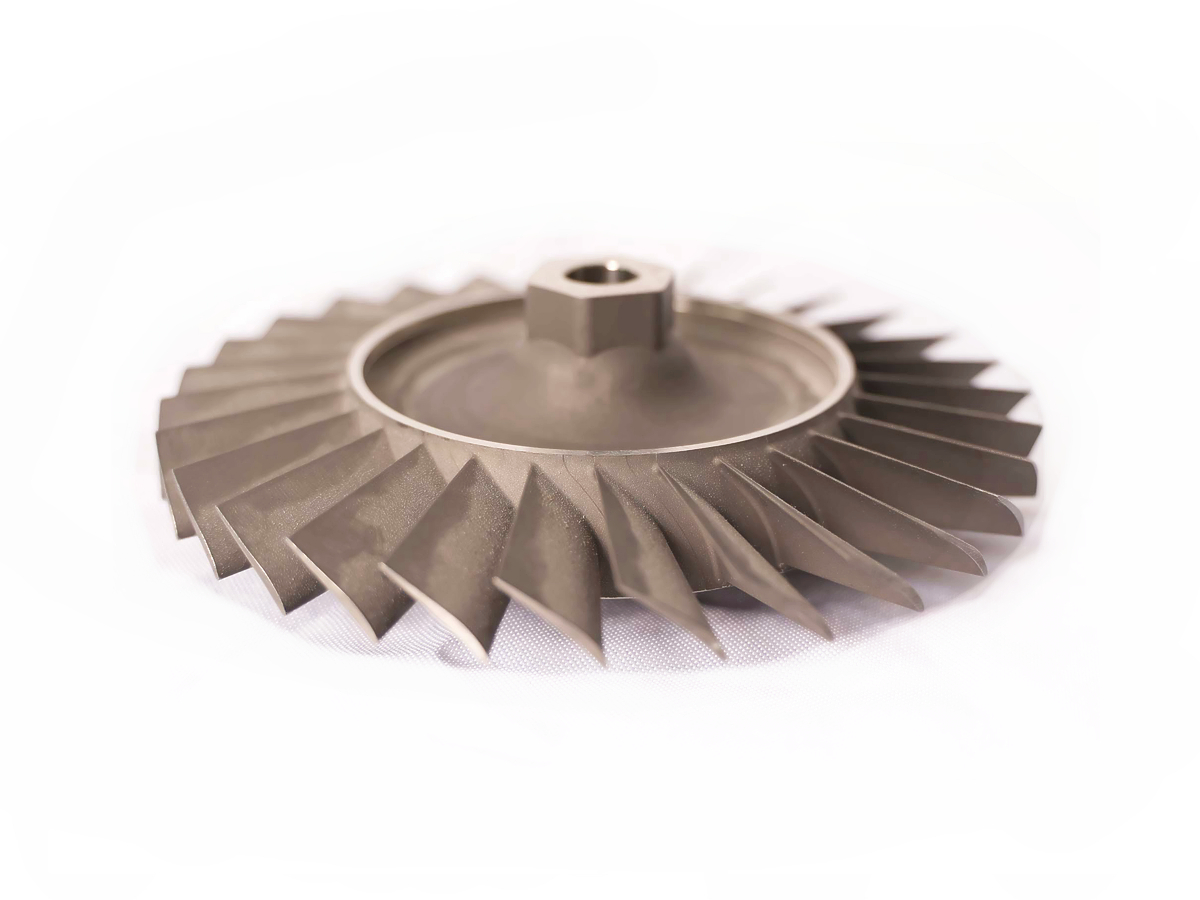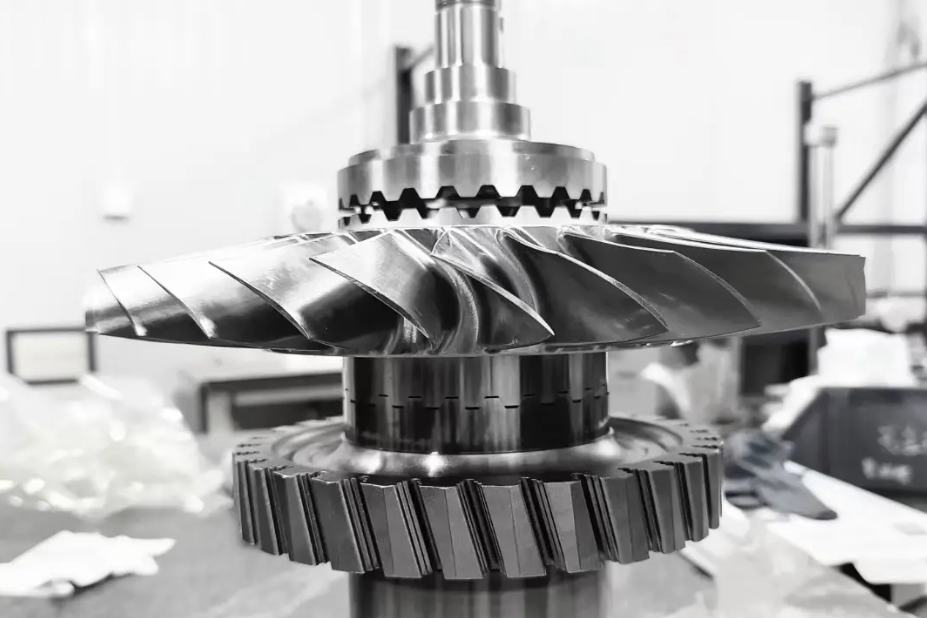How does metallographic analysis confirm post-machining material properties?
Metallographic analysis serves as a critical and definitive quality assurance tool, providing visual and quantitative evidence of a material's internal state after machining, directly correlating its microstructure to its macroscopic properties. It is the principal method for verifying that the machining and subsequent heat treatment processes have produced the intended material condition without introducing detrimental anomalies.
The Metallographic Workflow: From Sample to Microscope
The process begins with sectioning a representative sample from a witness coupon or, in critical applications, from the actual component itself. This sample is then meticulously mounted, ground, polished, and etched to reveal its microstructure. When examined under an optical or scanning electron microscope (SEM), this prepared sample provides a wealth of data to confirm post-machining properties.
Key Properties Confirmed by Metallographic Analysis
1. Verification of Heat Treatment Response
For a superalloy like Inconel 718, the primary goal of post-machining Heat Treatment is to achieve a specific microstructure for strength and creep resistance. Metallography confirms:
Precipitate Formation and Distribution: It visually confirms the uniform dispersion of the strengthening gamma double prime (γ'') precipitates. Their size, morphology, and population density directly dictate the material's yield strength.
Grain Size and Structure: A uniform, equiaxed grain structure is typically desired. Metallography measures the ASTM grain size number, which correlates directly with strength and toughness—a finer grain size generally yields higher strength and better fatigue resistance.
Presence of Deleterious Phases: It can detect the formation of unwanted phases, such as the brittle delta (δ) phase in Inconel 718, which can occur if the heat treatment cycle is incorrect and severely embrittles the material.
2. Assessment of Machining-Induced Damage and Surface Integrity
Machining, if performed incorrectly, can severely degrade the near-surface material. Metallographic cross-sections of the edge are essential for identifying:
Plastic Deformation and "White Layer": A visible, featureless white layer under the microscope indicates a zone of severe plastic deformation and microstructural alteration caused by excessive heat or rubbing during machining. This layer is often hard, brittle, and highly tensile-stressed, acting as a prime site for fatigue crack initiation.
Microcracking: The analysis can reveal tiny cracks emanating from the surface, which are catastrophic for fatigue life and stress corrosion resistance.
Work Hardening Depth: By examining the etched sample, the depth of the plastically deformed and work-hardened layer can be measured, confirming whether the machining parameters were within acceptable limits.
3. Evaluation of Internal Material Quality
The analysis also verifies the quality of the base material itself, ensuring that defects which could compromise performance are absent:
Inclusions: It identifies and rates non-metallic inclusions (e.g., sulfides, oxides) per standards like ASTM E45. Excessive inclusions act as stress concentrators and failure initiation points.
Porosity and Voids: Any internal porosity from the original material or induced during processing is clearly visible.
Segregation: It can detect chemical segregation within the microstructure, resulting in inconsistent mechanical properties.
From Microstructure to Macro-Performance: Correlation
The power of metallography lies in this direct correlation. For instance, a part specified for Aerospace and Aviation must have exceptional fatigue life. The metallographic report provides the evidence:
A fine, uniform grain size with no "white layer" and no microcracks → confirms high fatigue strength.
A correct distribution of γ'' precipitates and absence of δ phase → confirms high tensile and creep strength.
Clean material with minimal inclusions → confirms high fracture toughness.
In essence, metallographic analysis doesn't just show a pretty picture; it provides the fundamental, empirical proof that the complex interplay of CNC Machining and subsequent thermal processing has resulted in a component whose internal architecture is capable of delivering the required performance and reliability.



